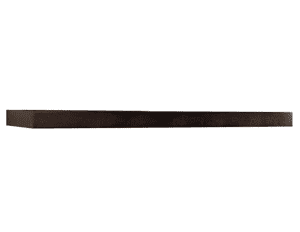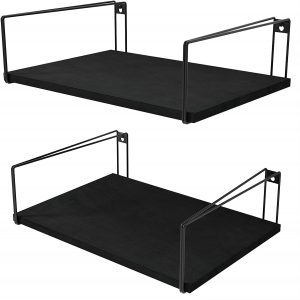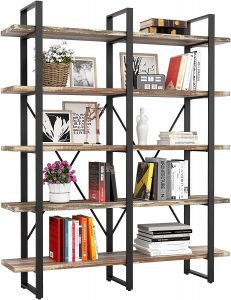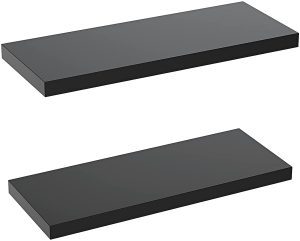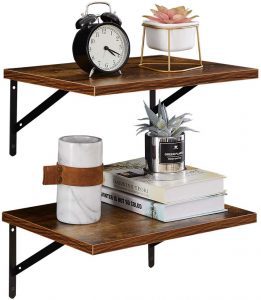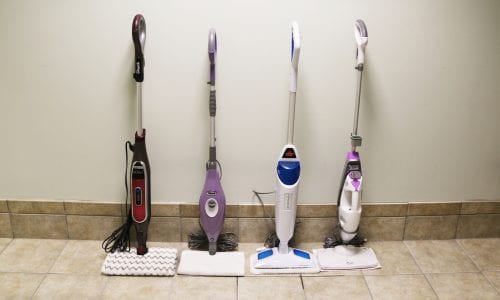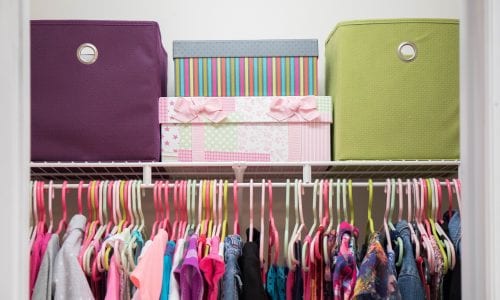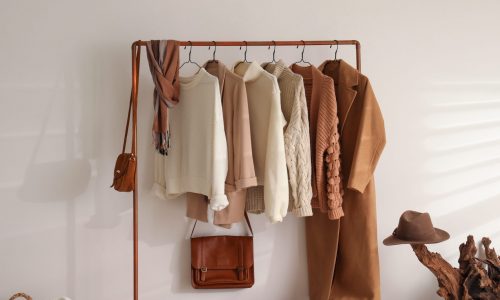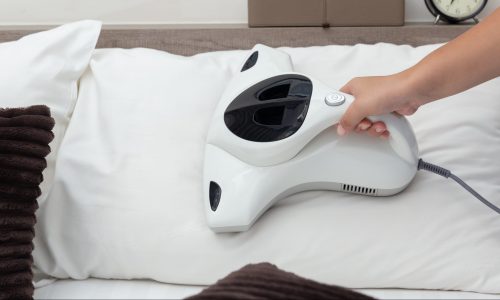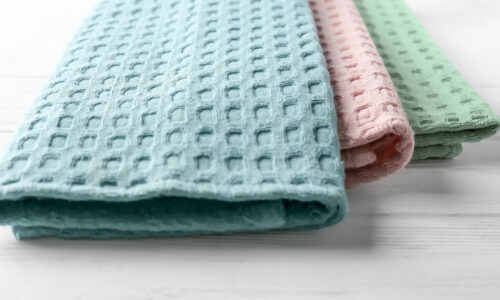The Best Wide Shelf
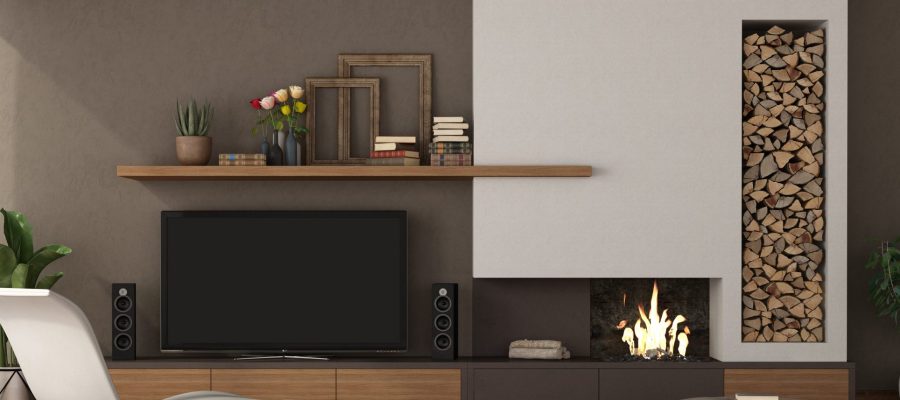
Our Review Process
Don't Waste Your Money is focused on helping you make the best purchasing decision. Our team of experts spends hundreds of hours analyzing, testing, and researching products so you don't have to. Learn more.
Our Picks For The Top Wide Shelves
- 1. InPlace Shelving Wide Lewis Hyman Floating Shelf, 47.25-Inch x 2-Inch
- 2. SRIWATANA Rustic Wide Shelf, 16.5-Inch x 11.8-Inch
- 3. IRONCK Wide 5-Tier Bookcase & Shelves, 53.2-Inch x 13-Inch
- 4. AMADA HOMEFURNISHING Wide Wall Mounted Ledge Shelves, 23.6-Inch x 9.3-Inch
- 5. SUPERJARE Wall-Mounted Wide Floating Shelves, 15.7-Inch x 11.8-Inch
This shelf comes in many different sizes and heights, has a contemporary look and comes in a classy espresso color. The shelf is held to the wall by a hidden metal bracket that makes it easy to both install and remove. The top-quality mounting hardware gives it a weight capacity of up to 17.64 pounds.
Contemporary DesignThe contemporary design of this espresso wood shelf makes it a good fit for a variety of decor styles.
The simple design of these floating wall shelves makes them a great fit for any decor. All mounting hardware is included, along with directions for quick installation. Each wooden piece is 16.5 inches by 11.8 inches and has a capacity of up to 29 pounds to give you plenty of space for storing and displaying items.
Effective and HandyIn this set, you'll get two rustic-looking floating shelves, each of which has a capacity of up to 29 pounds.
A thick steel frame and solid medium-density fiberboard provide a sturdy, reliable, open bookcase that will hold all your items. The frame is reinforced by a crossbar to give you a weight capacity of up to 130 pounds per shelf. It comes with metal brackets to keep it from tipping over and six footpads to help protect your floors.
Great for StyleThis open, standing bookshelf has an industrial design that can complement most modern living spaces.
Realistic faux wood with a matte finish makes these two floating shelves a great fit for your home. Each board measures 23.6 inches in length x 9.3 inches in width and has a 1.5-inch height with a weight capacity of 20 pounds. You'll get standard mounting hardware, along with easy instructions for getting your shelves in place.
Versatile UseTurn any spare wall space into storage with these two floating wall shelves that can be installed anywhere.
Buying Guide
Shelves are a great addition to any room, giving you a little extra storage while also enhancing overall aesthetics. Standard bookcases can be useful for storing books, plants, pictures and other decorative items, but they take up significant floor space.
Fortunately, you don’t need a bookcase to add shelving to your home. Wide floating shelves can take advantage of vacant walls while leaving the floor free and clear. They’re typically sold in sets, allowing you to place several together above furniture or simply in an empty corner. Load them with items you want to display, from photos and flowers to candles and keepsakes.
Before choosing a shelf, though, there are some things to consider. Capacity and size are important as you’ll want to make sure your shelf can handle the items you plan to place on them without buckling. Books can be heavy, after all!
If you do go with a bookcase, it’s essential to not only check the weight capacity but also to make sure it won’t tip over once it’s loaded down. Some come with anti-tip brackets to safeguard against that. This is especially important if there will ever be young children in the household. You may also want to make sure the shelves inside are adjustable, so you can change their spacing for your own needs.
Also, consider your room’s decor. What kind of shelves fit with the overall theme? Consider color, material and finish along with your personal style.
What to Look For
- Pay close attention to the measurements of your shelves, especially the depth. If you’re storing items like books, you’ll want to make sure your widest book will comfortably fit.
- If your shelf requires assembly or mounting, make sure you have all the tools and hardware necessary. Many shelves come with the right hardware for mounting, but it can’t hurt to have a few extra screws and bolts on hand.
- Along with hardware, make sure to read the installation instructions for your shelves.
- If for some reason you can’t find a shelf in the color you want, you can also stain them. You should be able to easily find or customize a shelf that suits your décor, as they come in all shapes and styles.
- There are many faux wood alternatives that look like the real thing and offer high quality. Fiberboard is also a great alternative that provides a sturdy base and also looks great.
- If you choose a bookshelf that has legs, make sure the bottoms are padded so they don’t scratch your floors. Sometimes shelving solutions will include footpads; if not, you can purchase them separately and attach them. An area rug can help with protecting floors from bookcases without legs.
More to Explore
As long as books have existed, there has also existed a demand for book storage. So it’s no surprise that bookcases have been traced all the way back to 689-716 A.D., when a Celtic manuscript called “Codex Amiatinus” included an illustration of the prophet Ezra writing in front of an open cupboard with shelving that held books.
For most of history, though, furniture was too expensive for the average household to have shelving just for books. That left bookcases mostly the domain of religious authorities. But by the 1700s, they’d become much more common. As costs came down in the 1800s, an increase in manufacturing made bookshelves accessible to more than the wealthiest households and public or university libraries.

